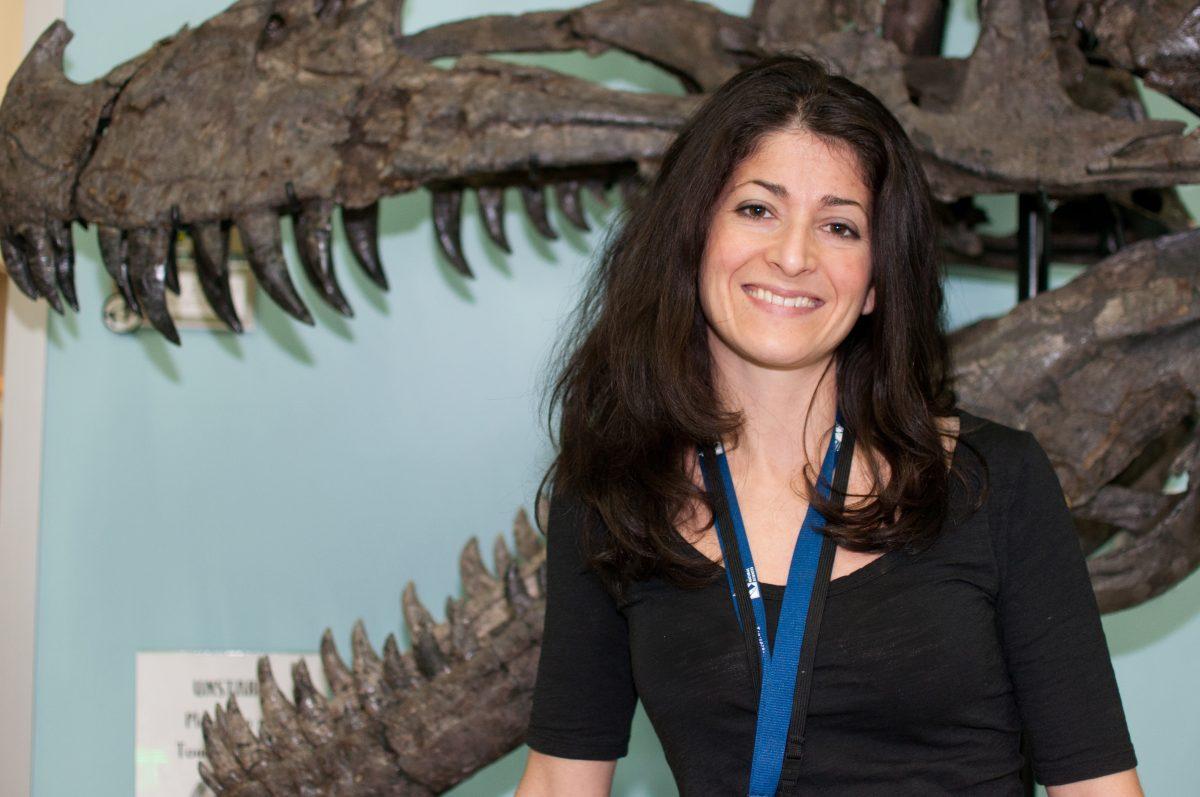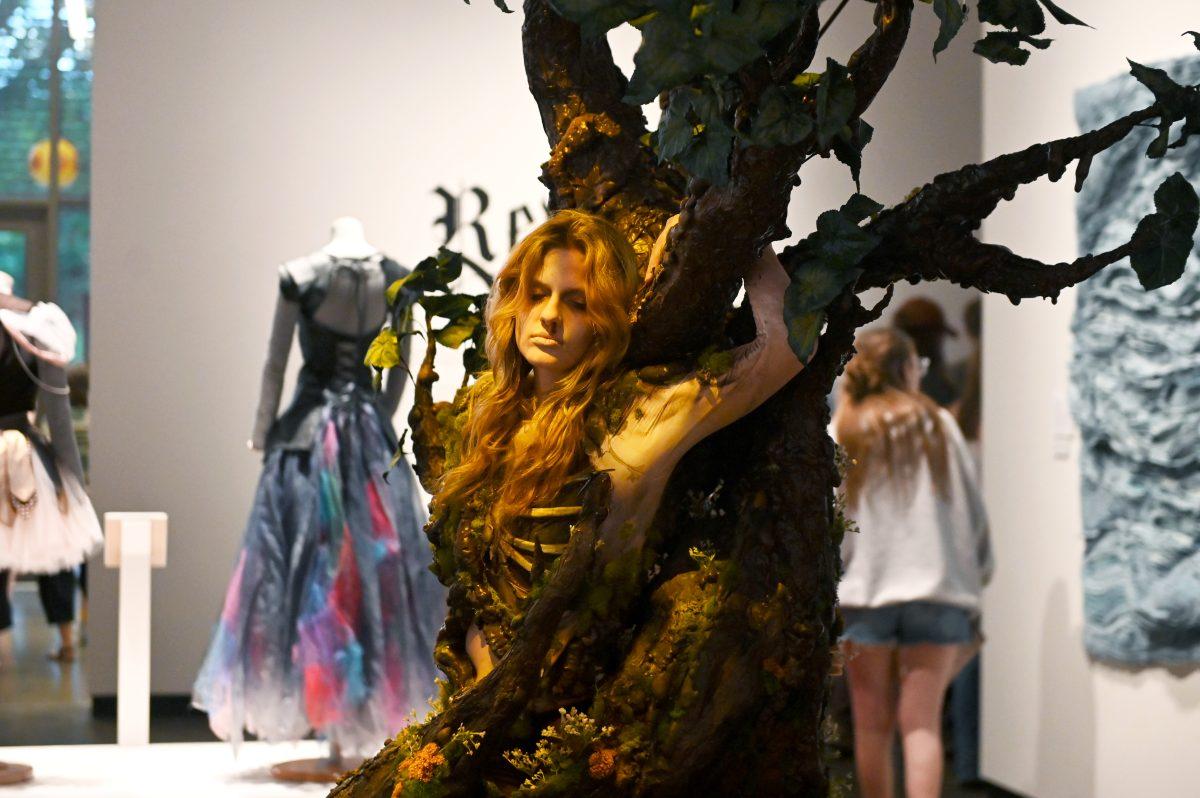It isn’t every day someone discovers a new animal species, much less one that’s been extinct for thousands of years. That’s exactly what happened to Lindsay Zanno, an assistant research professor of biology, when she and her colleagues discovered the fossils of a previously unknown dinosaur.
Siats meekerorum is a species of carcharodontosaurus, a group of giant meat-eaters that includes some of the largest predatory dinosaurs, which roamed what is now Utah during the Late Cretaceous period (100 million years ago to 66 million years ago). It was previously unknown which species occupied the top carnivore spot in North America during this period, but Siats fills a gap of more than 30 million years in the fossil record.
According to Zanno, Siats would have been more than 30 feet long and weighed at least four tons, but that’s where the find gets even more interesting. Zanno’s recovered fossils are from a juvenile specimen, which leads the team to believe that an adult Siats could reach the size of Acrocanthosaurus, meaning the two species vie for the second largest predator discovered in North America. Tyrannosaurus rex holds the top spot, weighing in at more than twice the uncovered Siats.
Though currently receiving a wealth of attention from the scientific community for being part of the team that discovered the Siats, Zanno has had a prosperous career long as a result of her life-long dedication for paleontology.
“I was always interested in nature,” Zanno said. “I spent almost all my time outside as a kid, exploring and interacting with natural objects. I am still intrigued with the idea that the complexity of life all around us was produced by a suite of natural laws, that those laws can be studied by exploring the trajectory of life over time, and that there is still so much to learn and discover.”
Zanno studied the evolution of life in deep time, a concept of geologic time, with particular interest in the origin and diversification of feathered dinosaurs including the only living group of dinosaurs — birds. With degrees in both biological anthropology and geology, she works with the North Carolina Museum of Natural Sciences as the director of the Paleontology and Geology Research Laboratory in addition to teaching at N.C. State.
“To a large degree, paleontology is an exploratory science, so much of what I do involves discovering and describing new species,” Zanno said. “But I am also fascinated by big picture patterns in evolution and enjoy asking questions about how ecology shapes lineages through time.”
Zanno said there were many factors leading up to the Siats discovery, as she and every other paleontologist have spent their lives working toward this kind of research.
“We’ve been hunting for dinosaurs here in North America for more than a century, so it’s natural to assume that we’ve found all the dinosaurs that once roamed here,” Zanno said. “But this idea couldn’t be farther from the truth.”
Zanno said there are gaps in scientists’ understanding of dinosaur evolution, especially in North America, which span tens of millions of years. She and her colleagues targeted the 98 million-year-old rocks that entombed Siats because of their age, which dates back to the dawn of the late cretaceous period.
“This is a time for which we know little about the dinosaur ecosystem here in North America,” Zanno said. “I discovered the bones of Siats eroding out of a hillside while prospecting this area back in 2008, the first year we launched the expedition to this area. We continue to hunt there each summer.”
The Siats discovery is one of many still to come for Zanno. And for a scientist as enthusiastic as she is about her field of study, Zanno said she couldn’t be more thrilled.
“Bringing Siats to the public has been a great opportunity to highlight NCSU’s partnership with the museum and get the word out about the research we are doing in my [paleontology] lab,” Zanno said. “We want them to know there are lots of opportunities for students to get involved.“
As she and her team continue to study the fossils, Zanno said she considers herself fortunate to be able to work on such a rare find.
“Those first moments of discovery, when you realize you’ve found something really cool, I have been a part of the most thrilling time of my life,” Zanno said. “And it’s always fun to be able to share the excitement and watch it take on a life of its own.”








